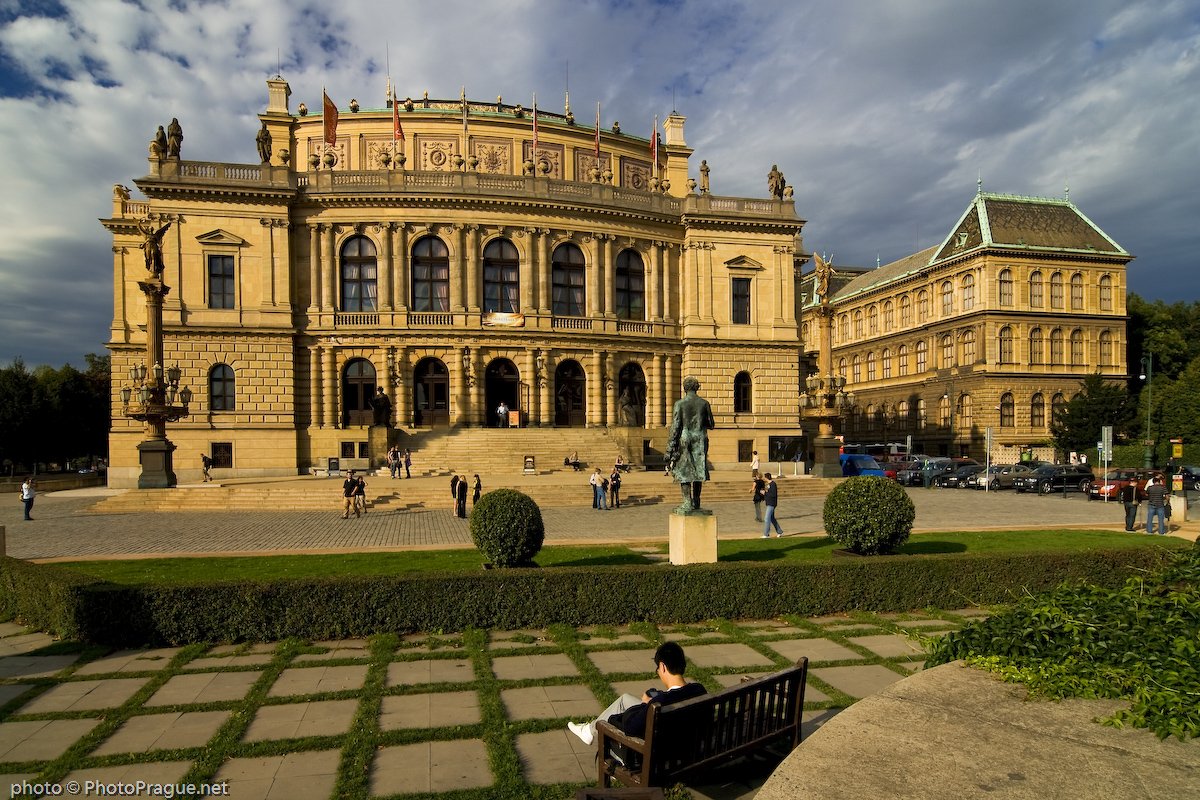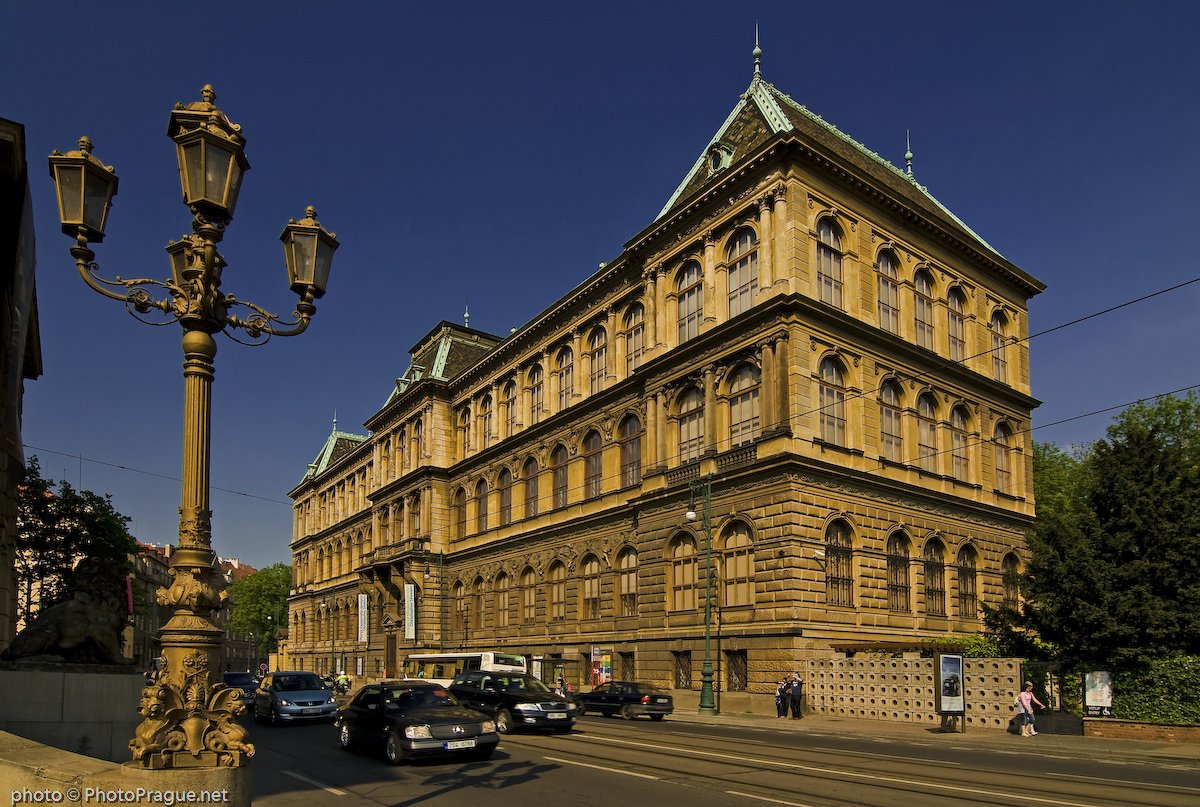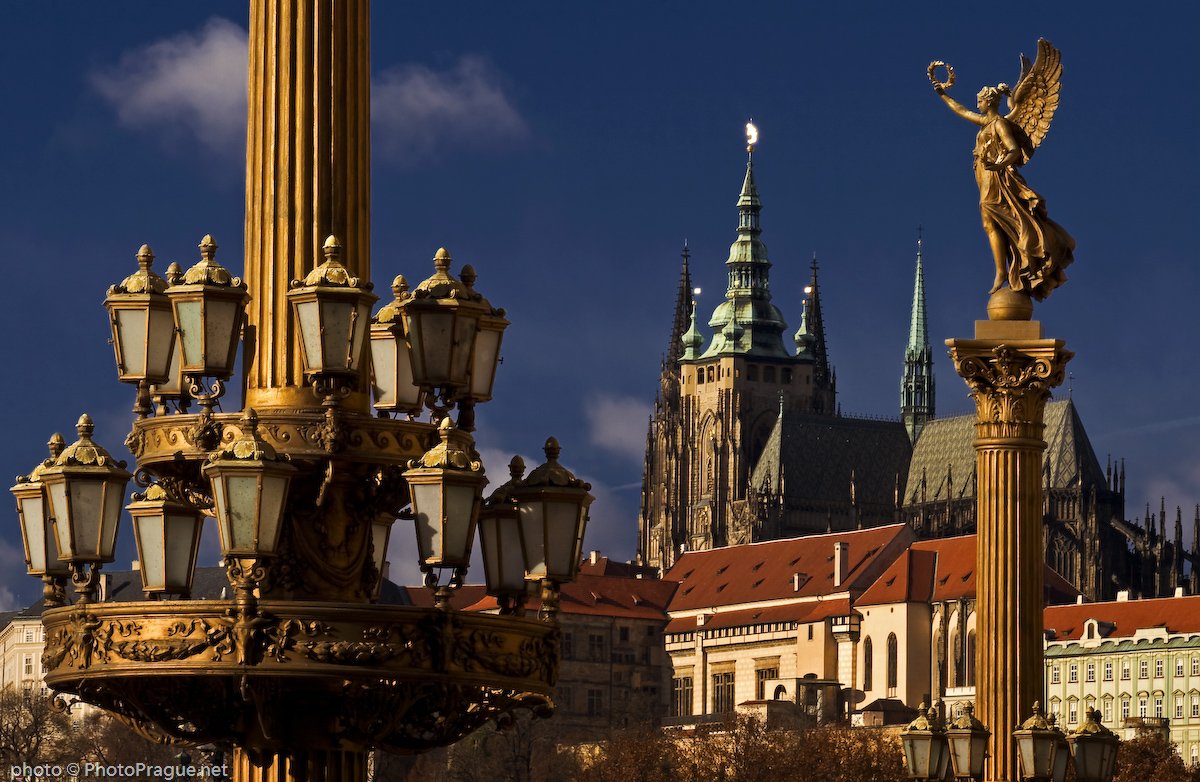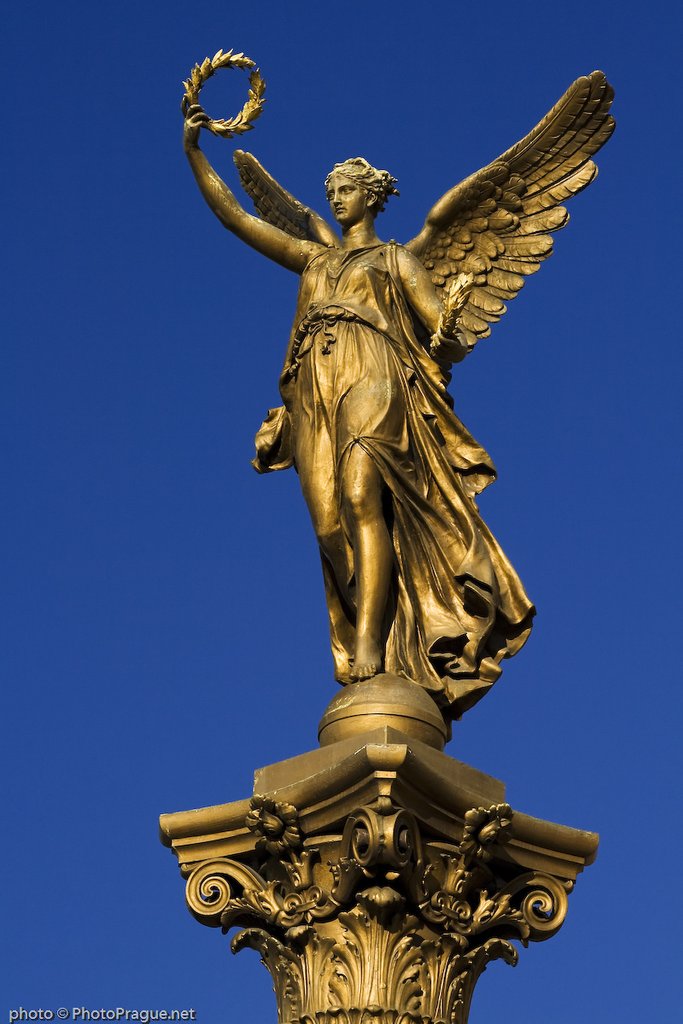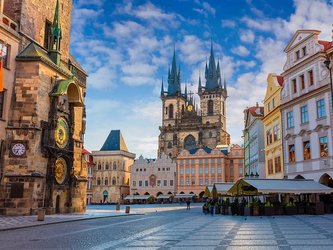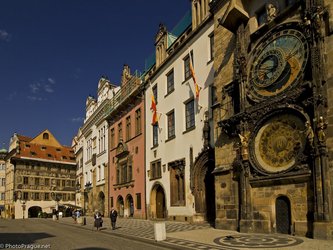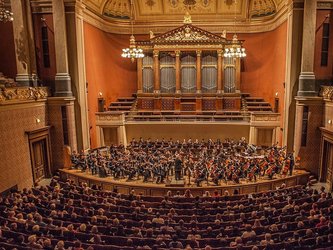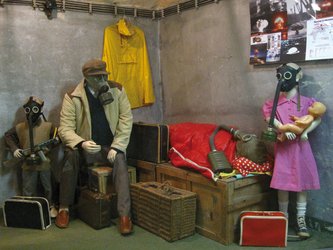Jan Palach Square (náměstí Jana Palacha) is the embodiment of harmonious urbanistic ideals of the second half of the 19th century. The regular space is lined with public buildings (Rudolfinum concert and exhibition hall, Academy of Arts, Architecture and Design, Museum of Decorative Arts and the Faculty of Arts of Charles University), all of which form one of the most important spots on the city’s cultural map. The notional western part of the square gives a panoramic view of the Prague Castle, which when viewed from Palachovo Square, is breathtaking.
The square is named after Jan Palach, a student of the nearby Faculty of Arts, who immolated himself in January 1969 in protest of the 1968 Soviet occupation of Czechoslovakia. In the southern part of the square stand John Hejduk’s sculptures, the House of the Suicide and the House of the Mother of the Suicide, both in memory of Palach’s brave, albeit tragic act.
It is a historical paradox that the old name of the square – Krasnoarmějců Square – also referred to the arrival of the Soviet army. This though, was an arrival under very different circumstances. The Soviet army helped liberate Prague from the Nazis in 1945. The name had a symbolic value because during the course of the fighting, the square served as a provisional burial ground for fallen Soviet troops. So the unwelcome Soviet “brotherly help” in August 1968 not only quashed all hope of the democratization of the Czechoslovak society, but forever discredited the esteem in which Czech society held the Soviet army thanks to the liberation.
